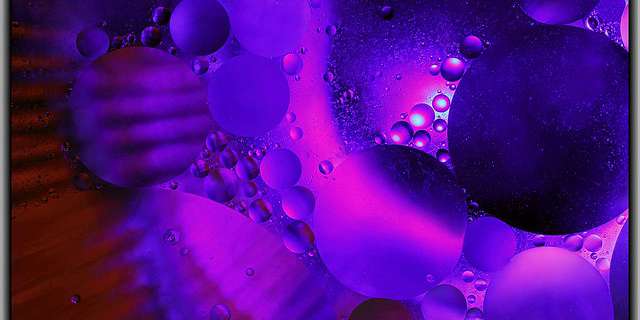
Optical density measurements monitor color changes through chemical reactions and quantify these variations across the color spectrum. Image Source: Flickr user Shakimba
Determination of protein in foods and the ability to monitor the effect of heat on protein levels in food products is important for making accurate nutritional claims. Optical density is a common method of measurement used to quantify protein levels from a variety of sources and can be achieved in various ways. Depending on the food choice or preparation method for processing, protein levels can fluctuate and quantification can change. Spectrophotometers can use optical density measurements to create a colorimetric assay of information to monitor these changes.


